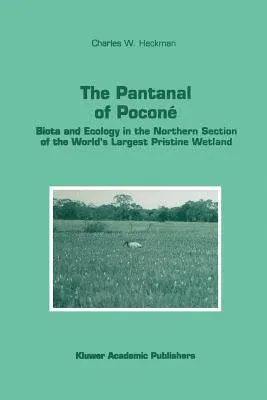Charles W Heckman
(Author)The Pantanal of Poconé: Biota and Ecology in the Northern Section of the World's Largest Pristine WetlandPaperback, 18 December 2010

Qty
1
Turbo
Ships in 2 - 3 days
In Stock
Free Delivery
Cash on Delivery
15 Days
Free Returns
Secure Checkout
Part of Series
Monographiae Biologicae
Print Length
624 pages
Language
English
Publisher
Springer
Date Published
18 Dec 2010
ISBN-10
9048149576
ISBN-13
9789048149575
Description
Product Details
Author:
Book Format:
Paperback
Country of Origin:
NL
Date Published:
18 December 2010
Dimensions:
23.39 x
15.6 x
3.35 cm
Genre:
Ecology
ISBN-10:
9048149576
ISBN-13:
9789048149575
Language:
English
Location:
Dordrecht
Pages:
624
Publisher:
Series:
Weight:
902.65 gm

